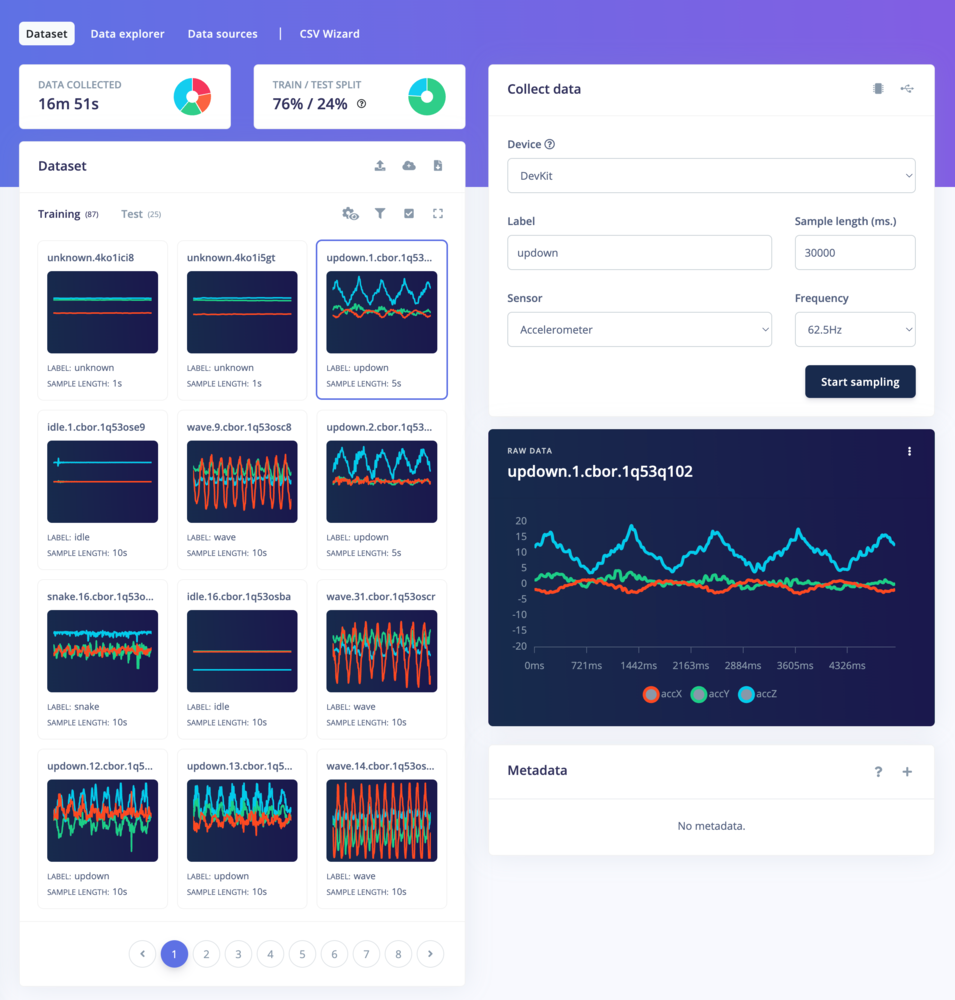
Edge Impulse Studio - Data acquisition view.
Add data to your project
Organization dataSince the creation of Edge Impulse, we have been helping our customers deal with complex data pipelines, complex data transformation methods and complex clinical validation studies.The organizational data gives you tools to centralize, validate and transform datasets so they can be easily imported into your projects.See the Organization data documentation.
Collect data
The panel on the right allows you to collect data directly from any fully supported platform:- Through WebUSB.
- Using the Edge Impulse CLI daemon.
- From the Edge Impulse for Linux CLI.
edge-impulse-linux --clean and it will add your platform to the device list of your project. You will then will be able to interact with it from the Collect data panel.
Need more?If your device is not in the officially supported list, you can also collect data using the CLI data forwarder by directly writing the sensor values over a serial connection. The “data forwarder” then signs the data and sends it to the ingestion service.
Upload existing datasets
Edge Impulse also supports different data acquisition formats and dataset annotation formats (Pascal VOC, YOLO TXT, COCO JSON, Edge Impulse Object Detection, OpenImage CSV) that you can import into your project to build your edge AI models:- Studio uploader
- CLI uploader
- CSV Wizard
- Ingestion API
- Import from cloud storage
- Upload portals (Enterprise feature)
Edge Impulse Datasets
Need inspiration? Check out our Edge Impulse datasets collection that contains publicly available datasets collected, generated or curated by Edge Impulse or its partners.These datasets highlight specific use cases, helping you understand the types of data commonly encountered in projects like object detection, audio classification, and visual anomaly detection.Data sample preview
Time-series data samples
For time-series data samples (including audio), you can visualize the time-series graphs on the right panel with a dark-blue background: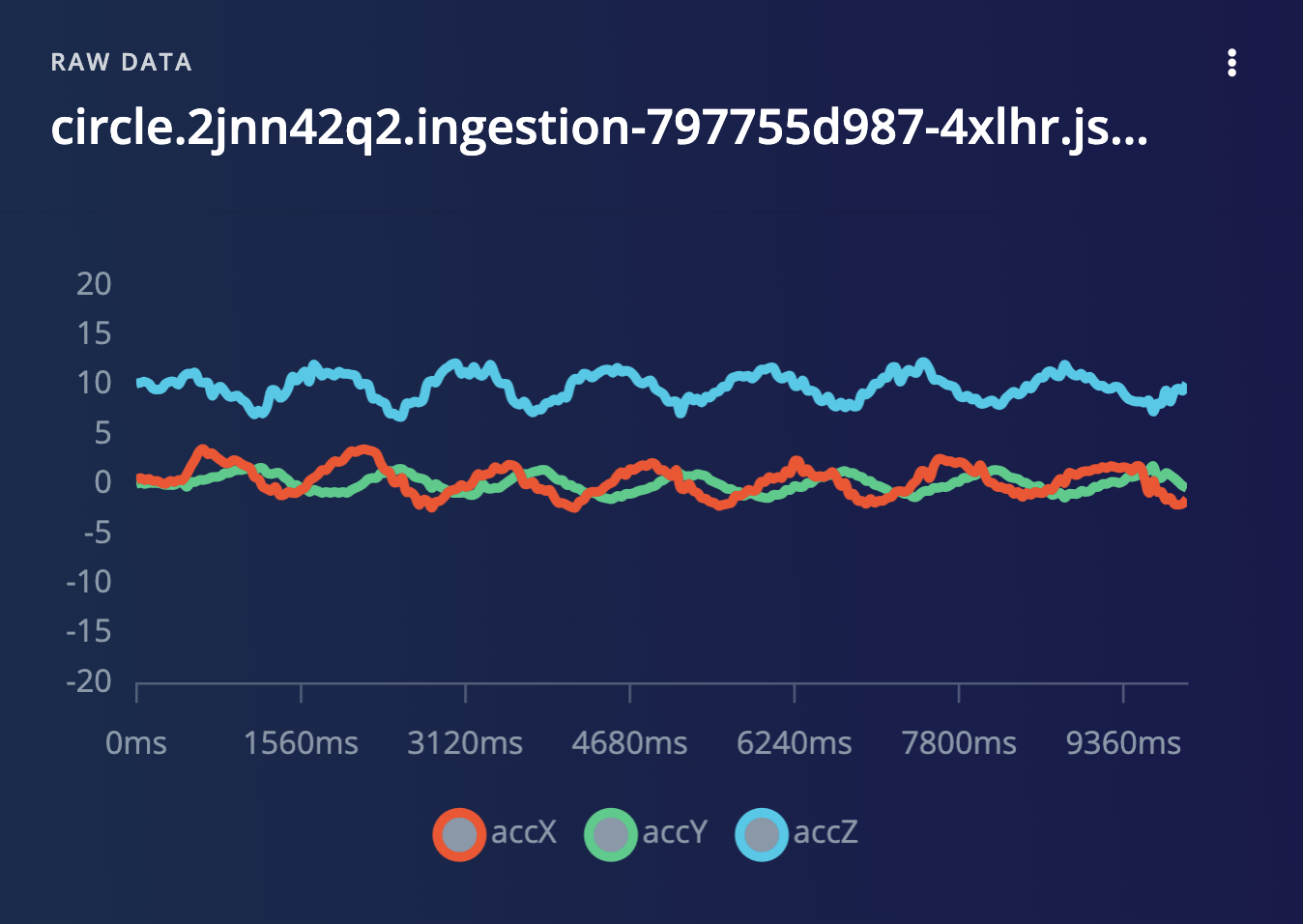
Time-series data sample preview
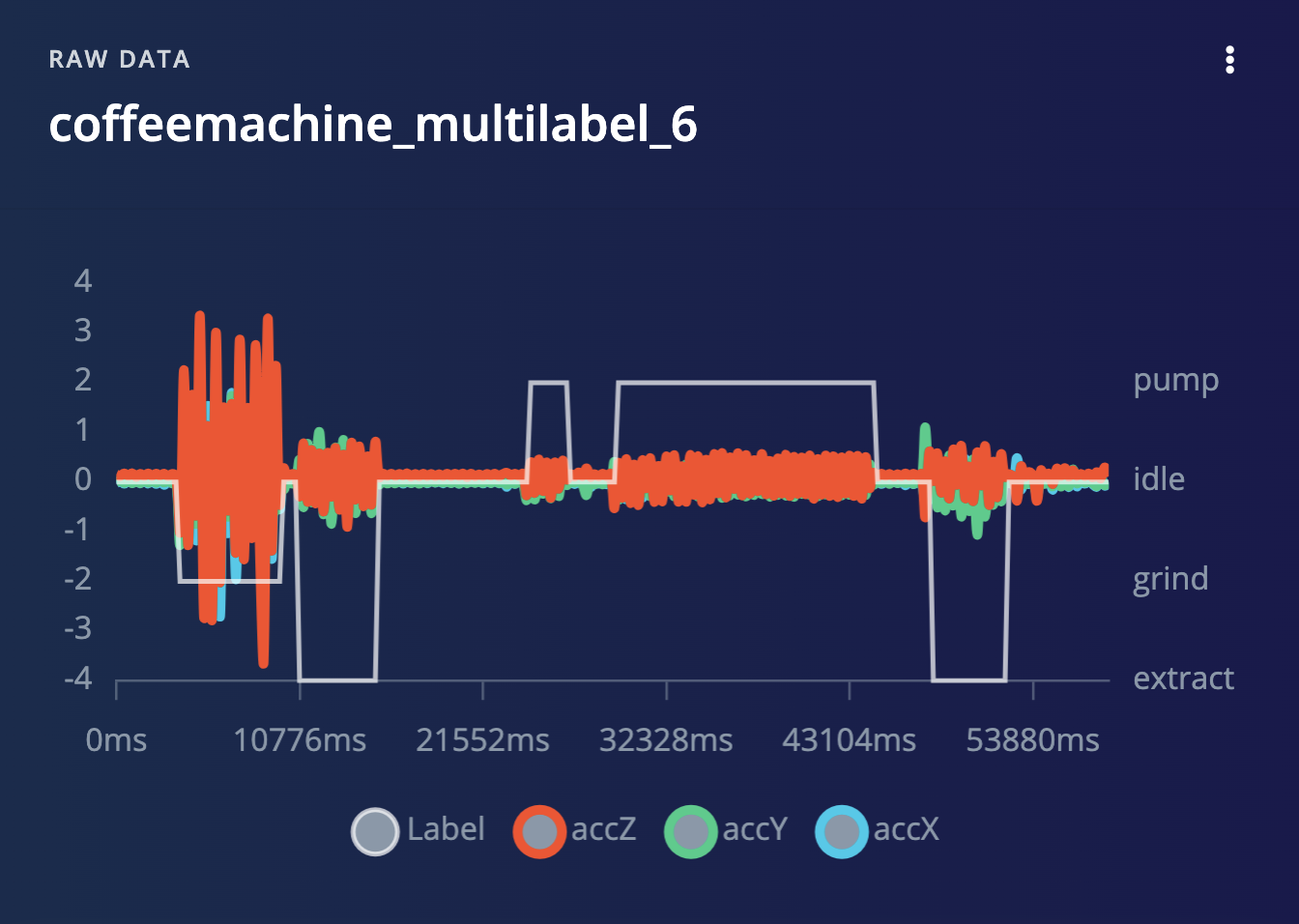
Multi-label sample preview
Non-time-series & pre-processed data samples
Preview the values of tabular non-time-series & pre-processed data samples: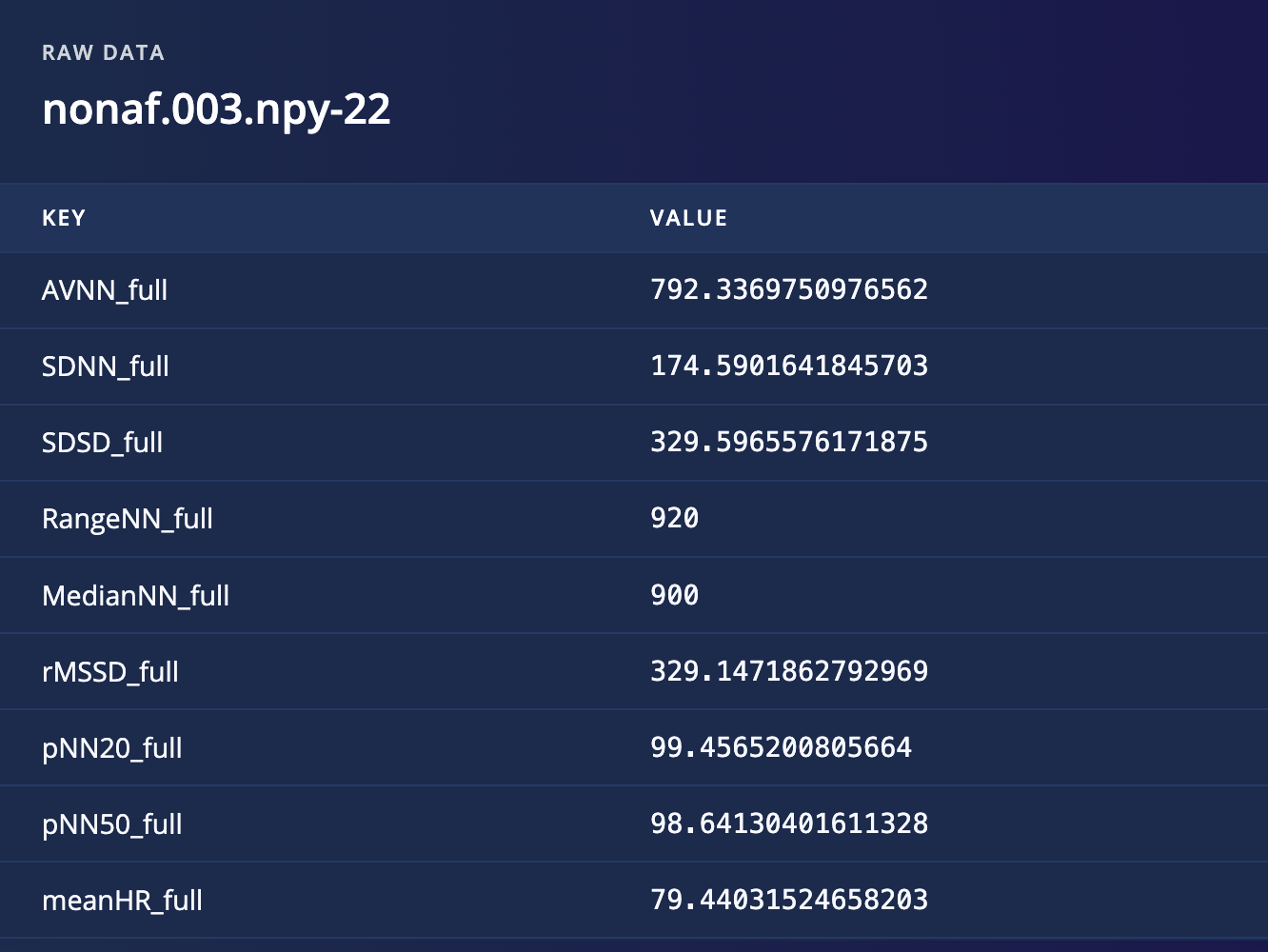
Tabular data sample preview
Images data samples
Raw images can be directly visualized from the preview: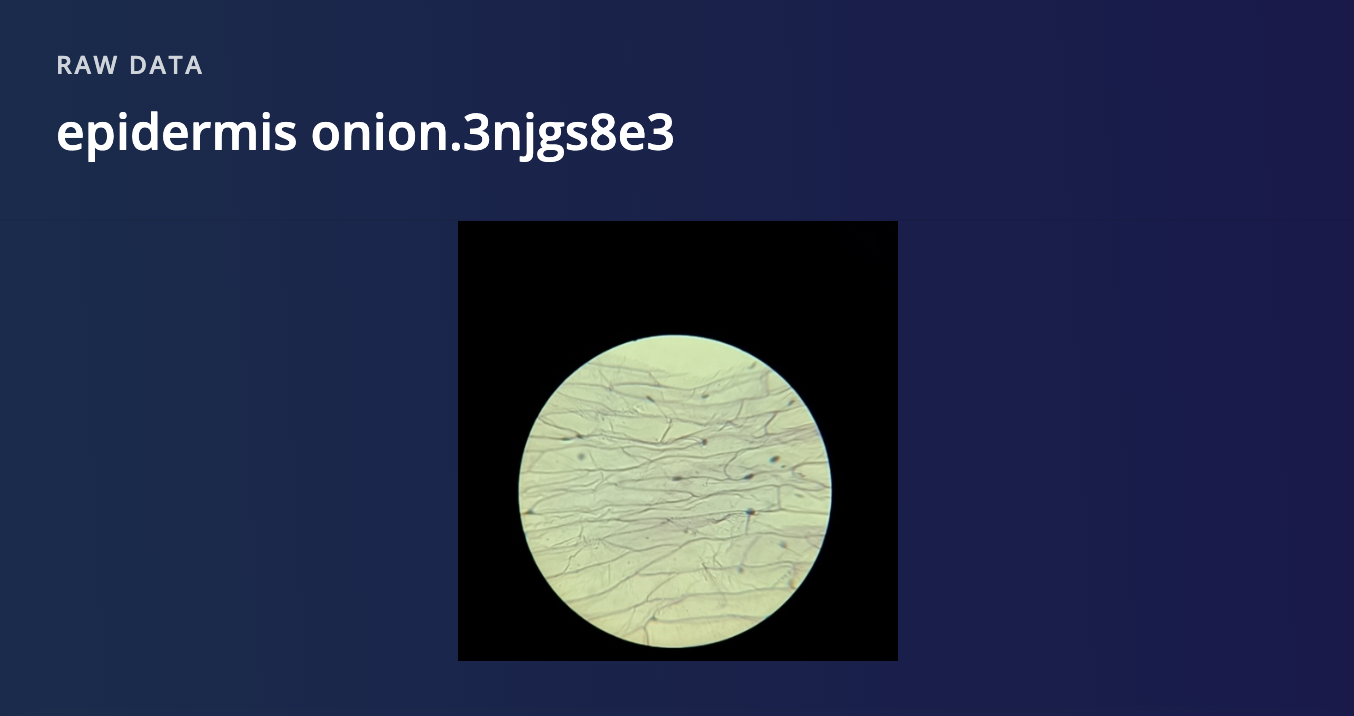
Raw image sample preview
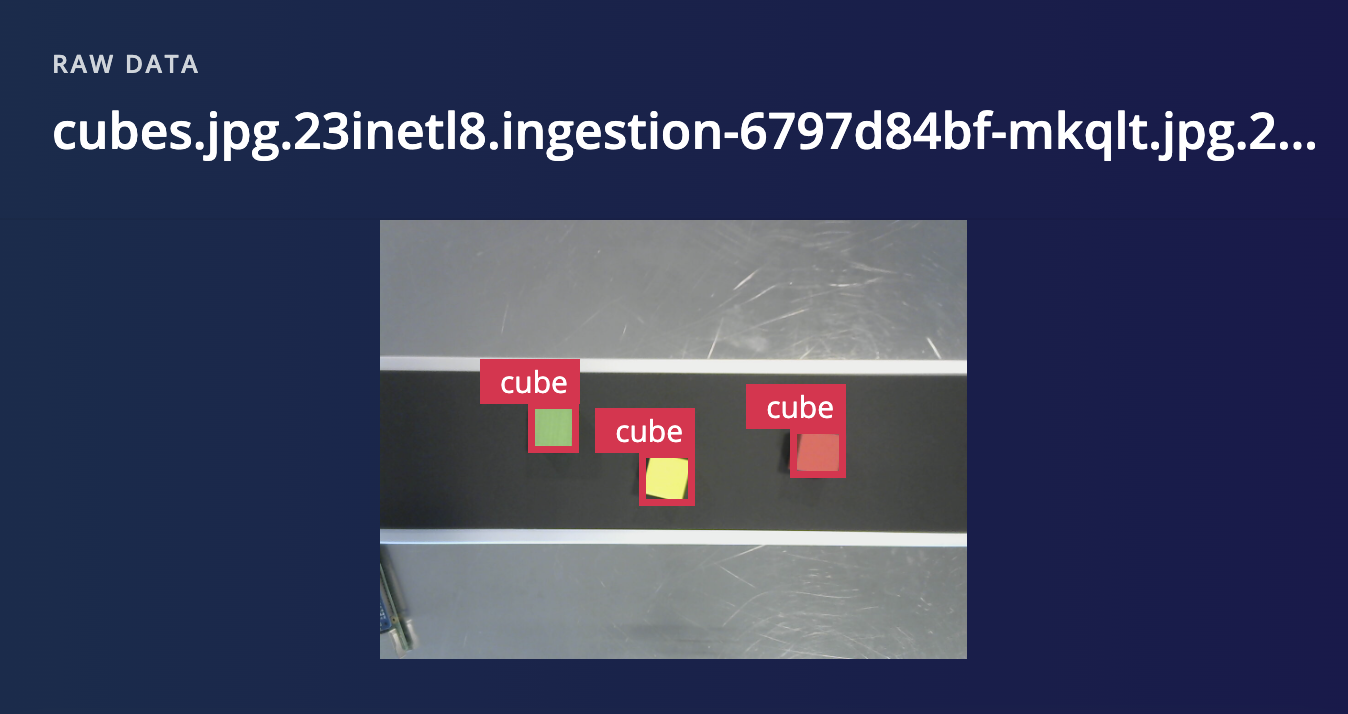
Object detection sample preview
Video data samples
Raw videos (.mp4) can be directly visualized from the preview. Please note that you will need to split the videos into frames as we do not support training on videos files:
Video samples preview
Dataset overview
You can change the default view (list) to a grid view to quickly overview your datasets by clicking on the icon.
icon.
- List view
- Grid view
List view
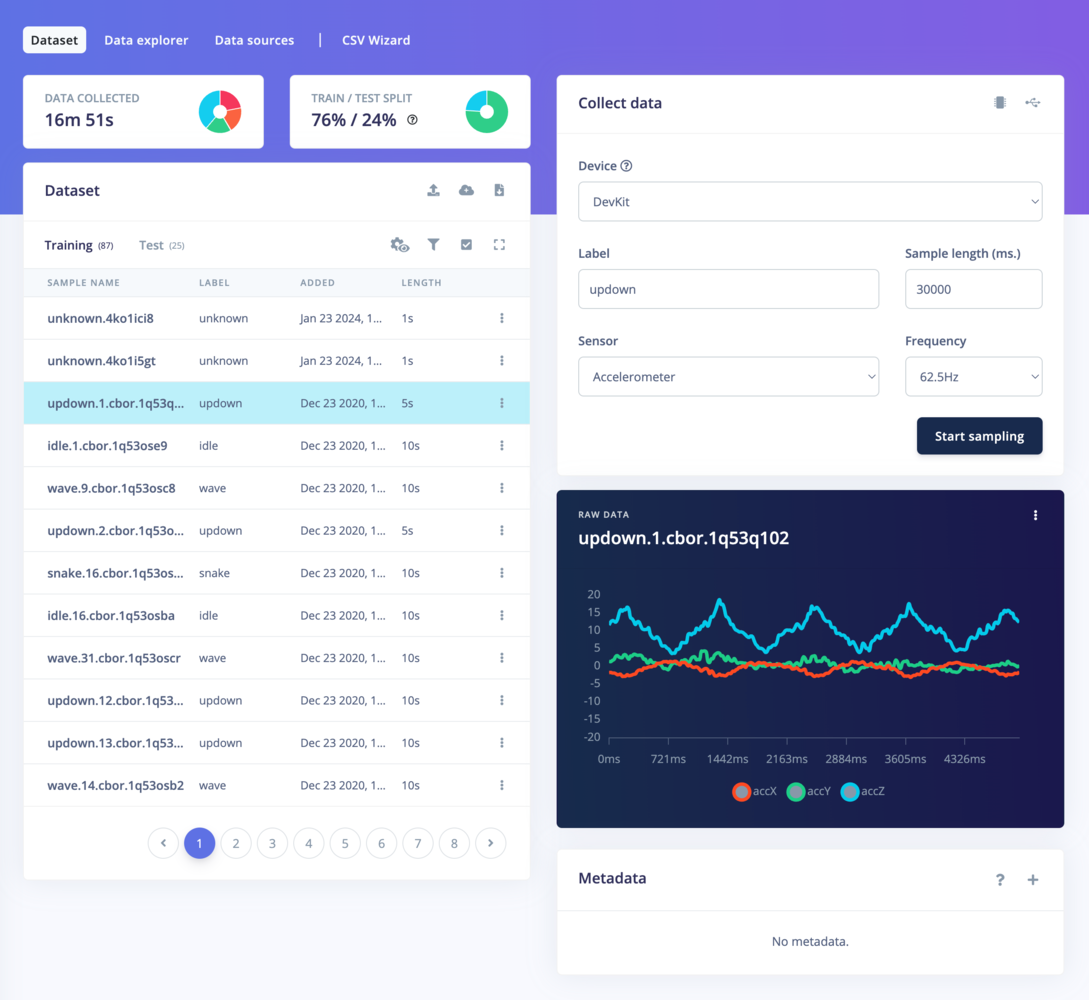
Edge Impulse Studio - Data acquisition view.
Dataset train/test split ratio
The train/test split is a technique for training and evaluating the performance of machine learning algorithms. It indicates how your data is split between training and testing samples. For example, an 80/20 split indicates that 80% of the dataset is used for model training purposes while 20% is used for model testing. This section also shows how your data samples in each class are distributed to prevent imbalanced datasets which might introduce bias during model training.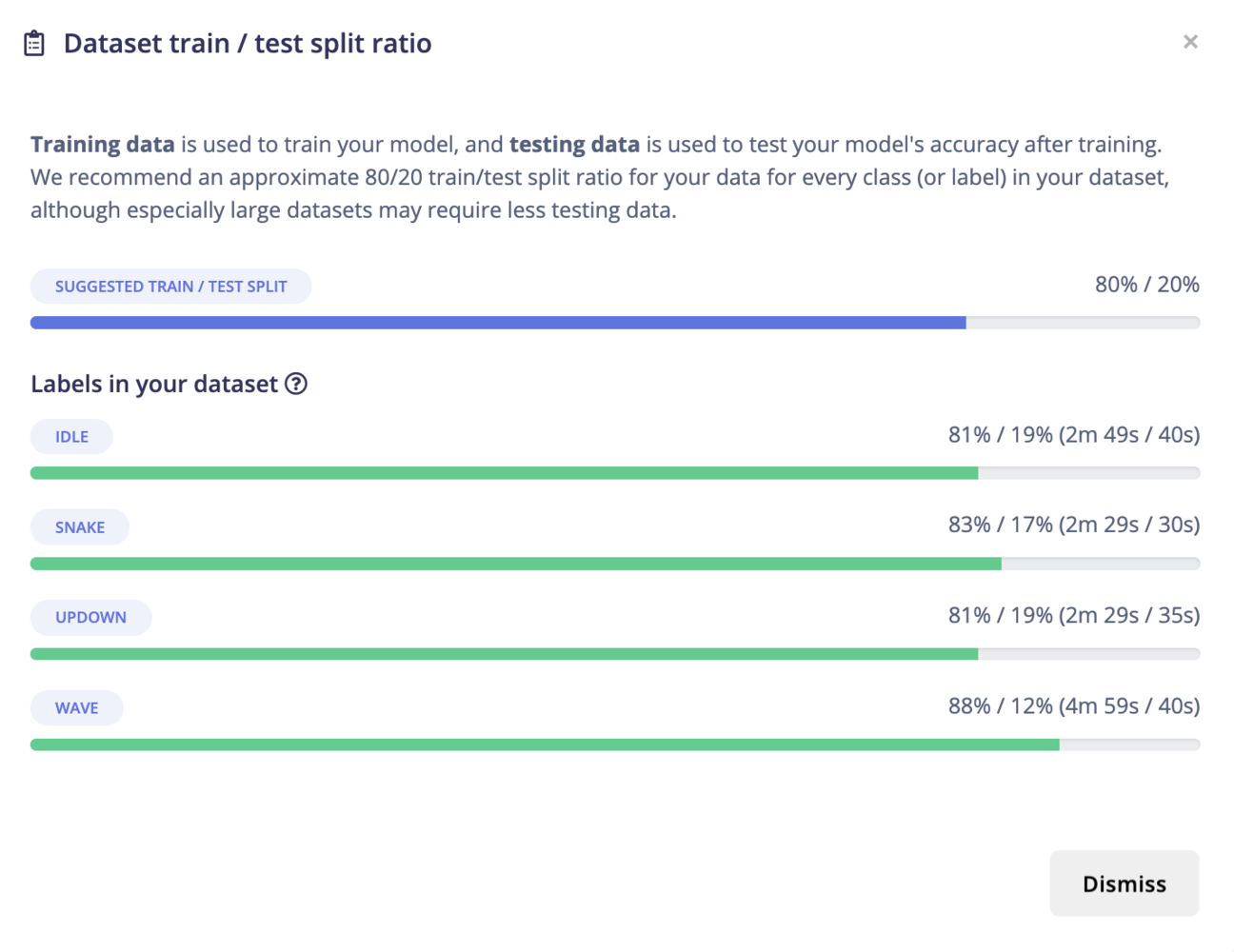
Rebalance panel
Data acquisition filters
Manually navigating to some categories of data can be time-consuming, especially when dealing with a large dataset. The data acquisition filter enables the user to filter data samples based on some criteria of choice. This can be based on:- Label - class to which a sample represents.
- Sample name - unique ID representing a sample.
- Signature validity
- Enabled and disabled samples
- Length of sample - duration of a sample.
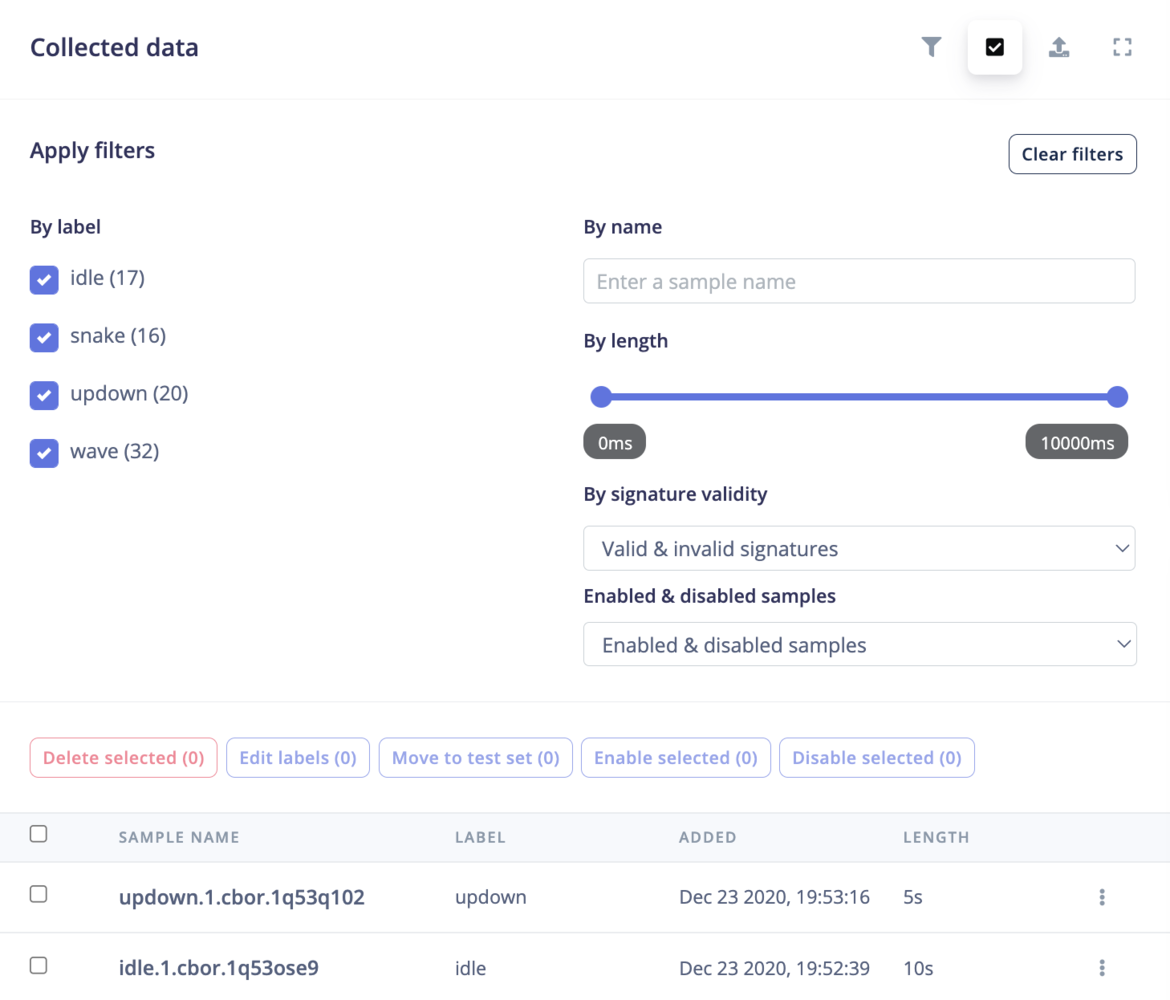
Filters
Data sample actions
The data manipulations above can also be applied at the data sample level by simply navigating to the individual data sample by clicking on ”⋮” and selecting the type of action you might want to perform on the specific sample. This might be renaming, editing its label, disabling, cropping, splitting, downloading, and even deleting the sample when desired.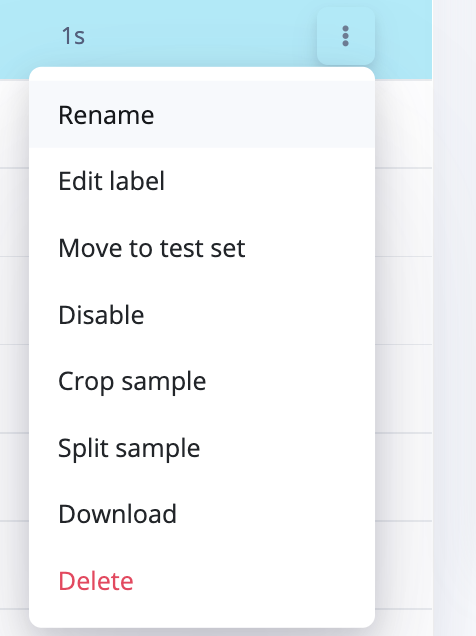
Actions
Edit label(s)
- Single label
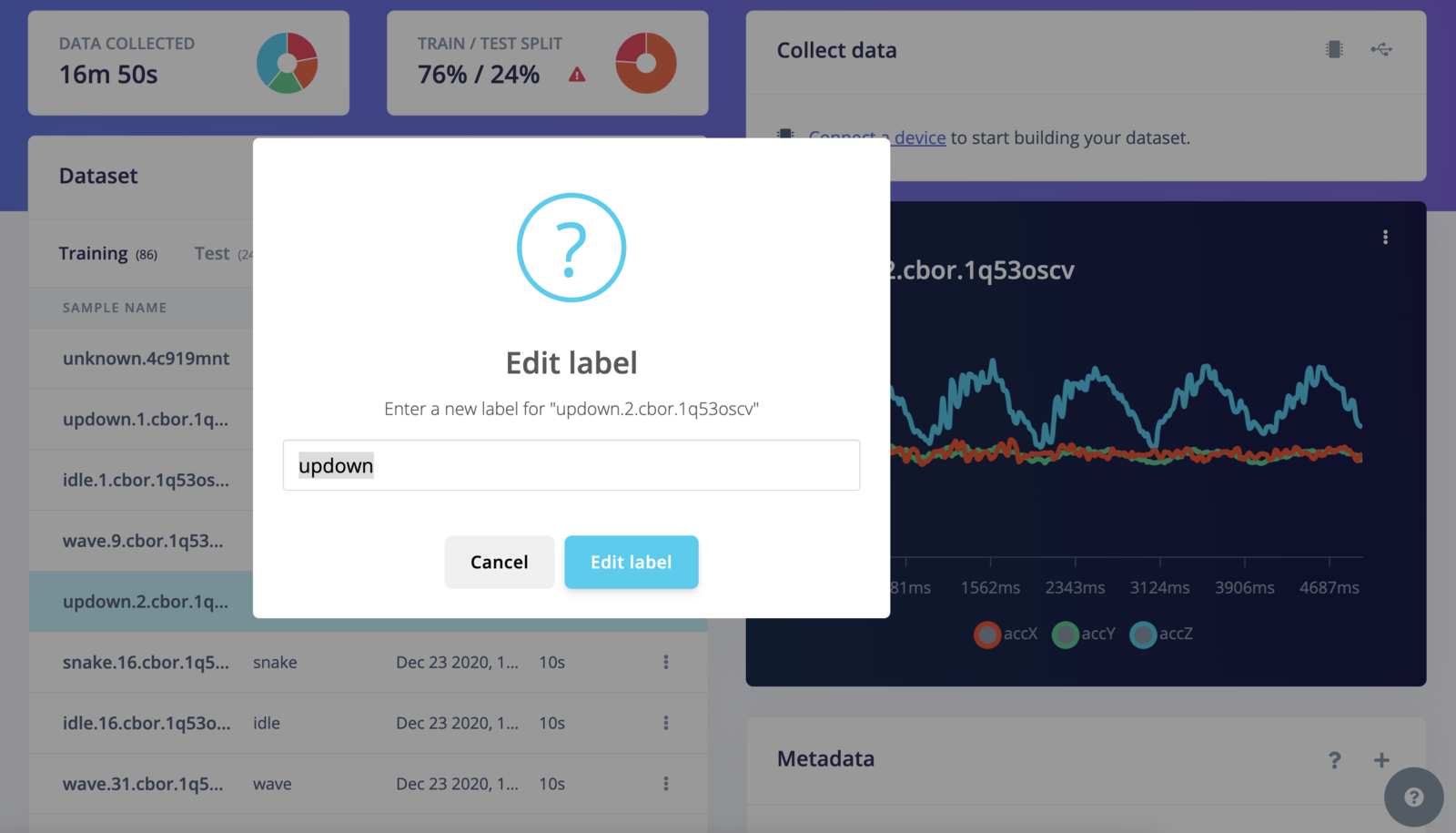
Edit label
- Multi-label
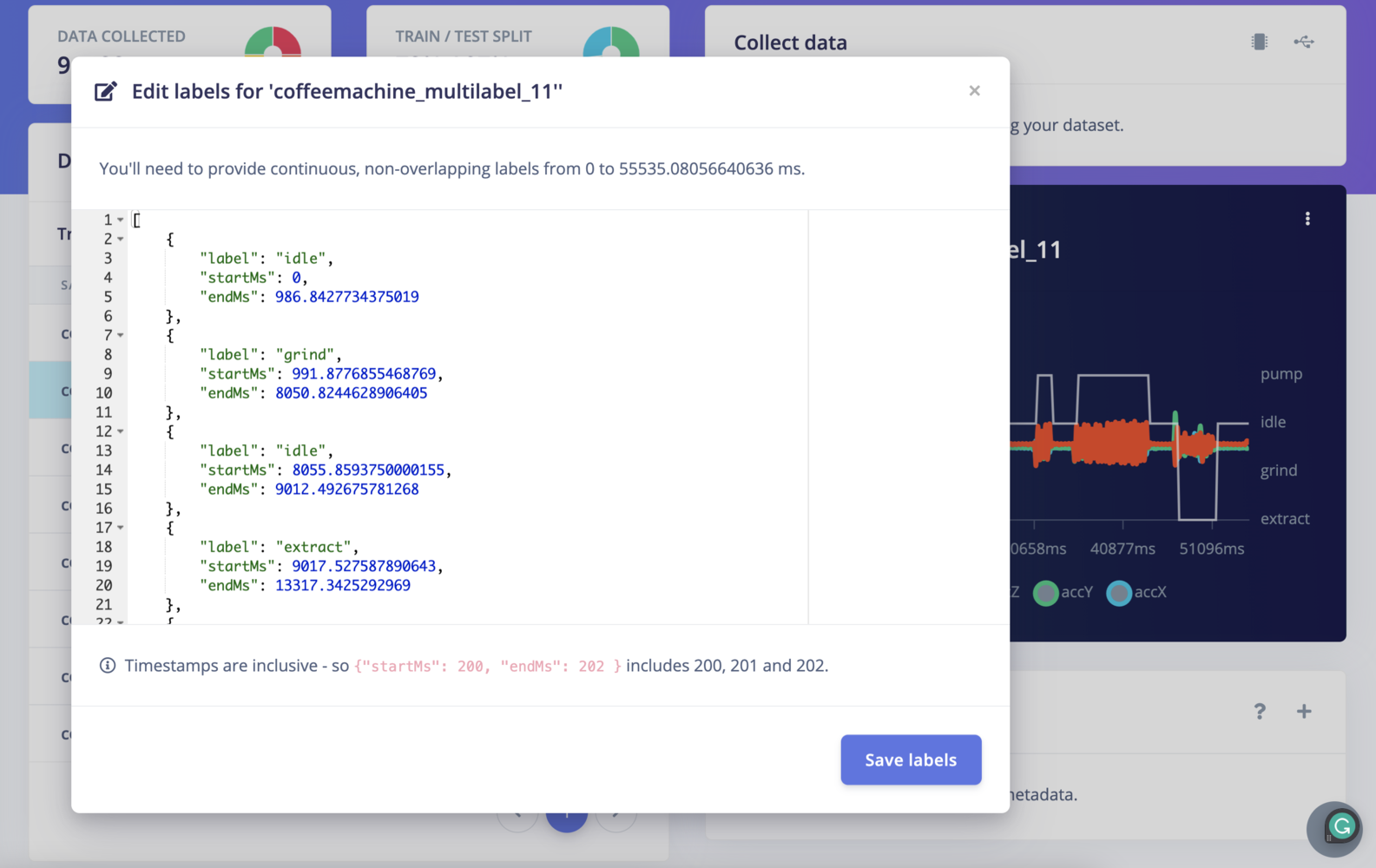
Edit labels
Cropping samples
To crop a data sample, go to the sample you want to crop and click ⋮, then select Crop sample. You can specify a length, or drag the handles to resize the window, then move the window around to make your selection. Made a wrong crop? No problem, just click Crop sample again and you can move your selection around. To undo the crop, just set the sample length to a high number, and the whole sample will be selected again.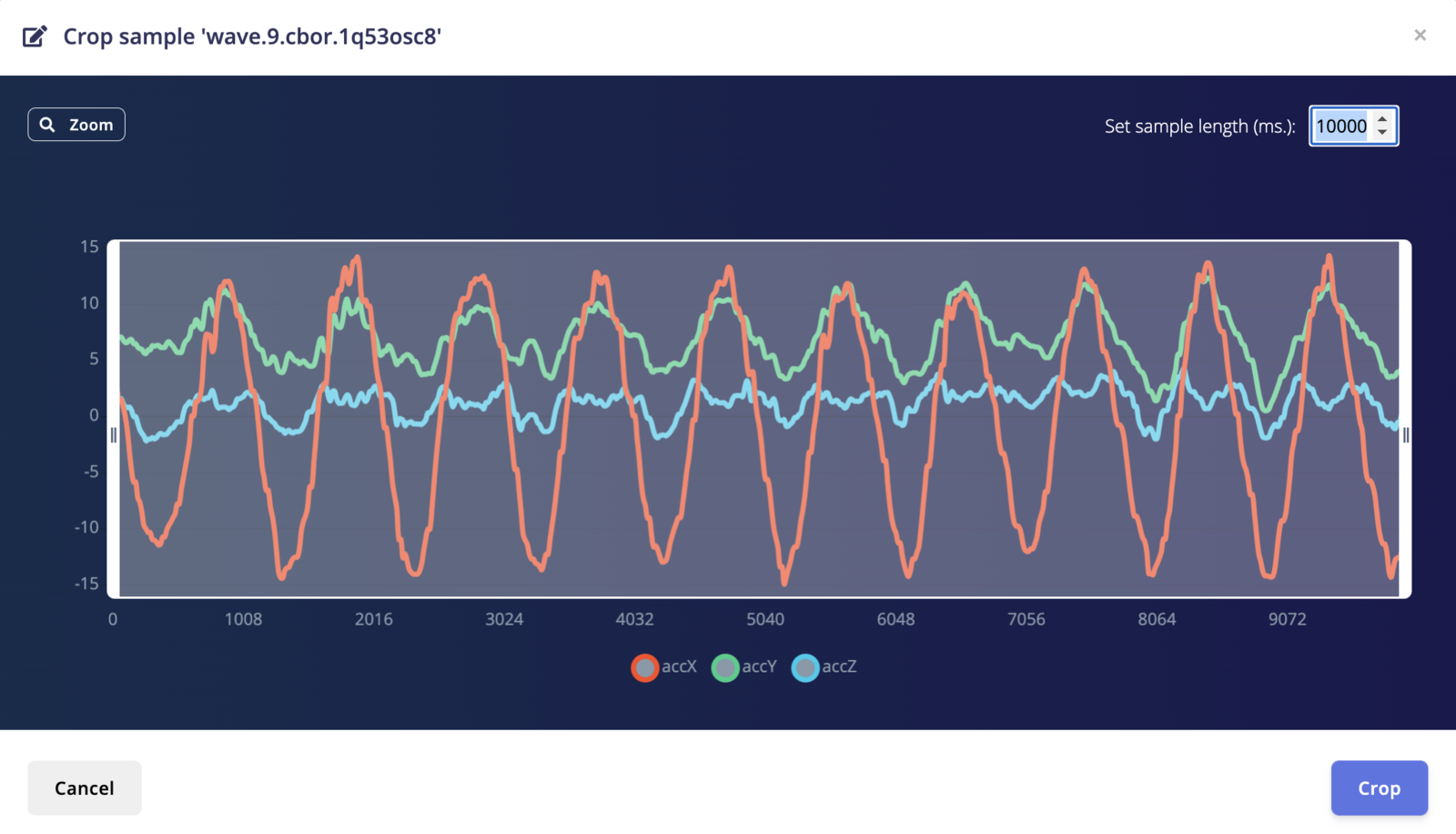
Crop
Splitting data sample
Besides cropping you can also split data automatically. Here you can perform one motion repeatedly, or say a keyword over and over again, and the events are detected and can be stored as individual samples. This makes it easy to very quickly build a high-quality dataset of discrete events. To do so head to Data Acquisition, record some new data, click, and select Split sample. You can set the window length, and all events are automatically detected. If you’re splitting audio data you can also listen to events by clicking on the window, the audio player is automatically populated with that specific split.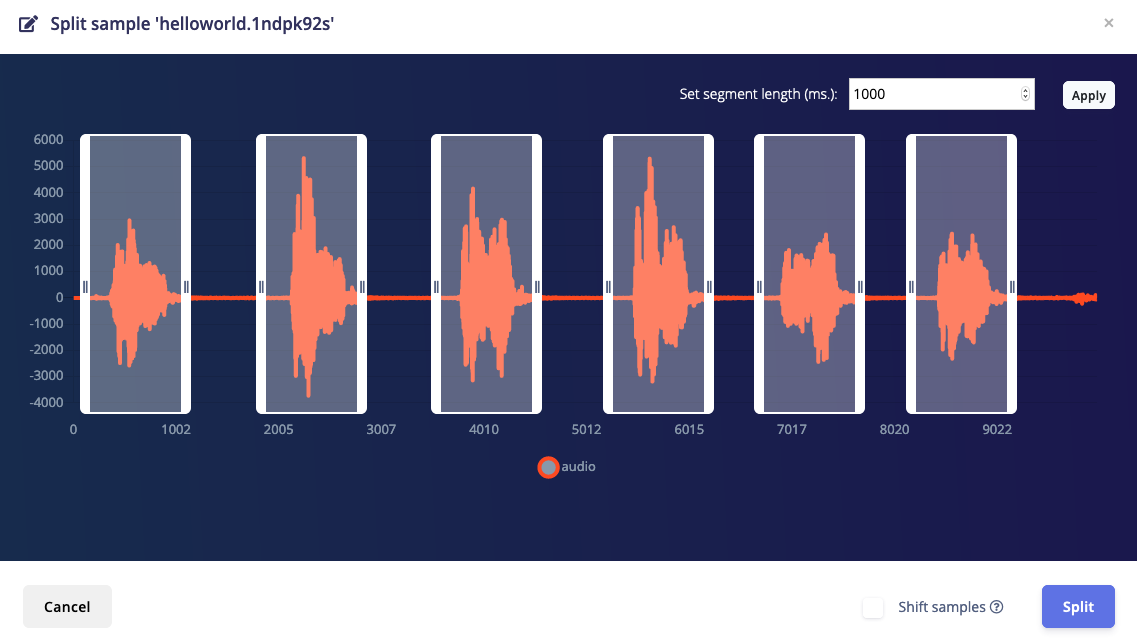
Split
Labeling tools
The labeling queue will only appear on your data acquisition page if you are dealing with object detection tasks. If you are not dealing with an object detection task, you can simply change the Labeling method configuration by going to Dashboard > Project info > Labeling method and clicking the dropdown and selecting “one label per data item” as shown in the image below.
Labeling method